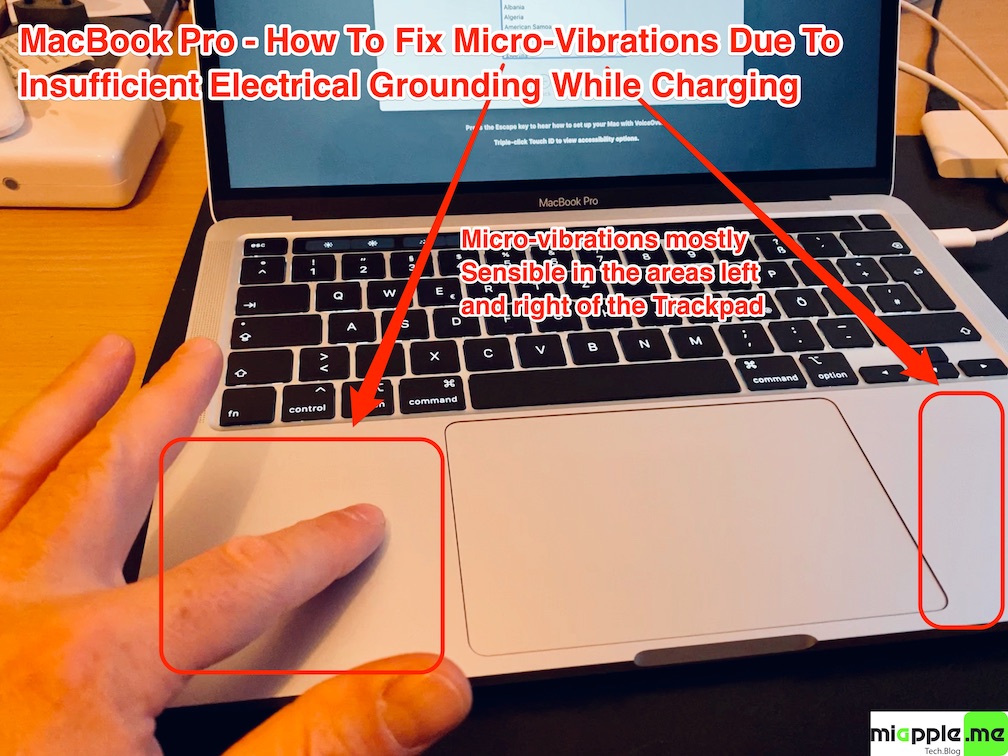

Normally, if you’ve got the same kind of power supply from the same manufacturer and it can plug in at all (meaning the plugs match), voltage isn’t something you have to worry about. If your computer needs 19.5 volts, or the prior power supply provided 19.5 volts, then your power supply must be 19.5 volts. The output voltage provided by your power supply needs to match. In Dell’s case, that means the positive lead is in the center and the negative lead is the outside of the connector. For example, if both of your machines are Dell laptops, as long as they use the same kind of power connector (you wouldn’t be able to plug it in, if not), they will be polarized the same way. The other way to determine what your computer requires is to look at any power supply you already have that works, like the one it came with. If you’re not sure, don’t try until you have someone knowledgeable look at it. Look for similar information either on the computer case or in the computer’s documentation.

Unfortunately, while there are generally accepted standards for labeling power supplies, there’s no equivalent for the laptop or computer itself. This must match what your computer expects.

The connections have positive (+) and negative (-) wires, and those must match what your laptop expects, or you can damage it.Īmong that jumble of logos and small print on the power supply label, there is typically a diagram that indicates polarity. Particularly when using a power supply from a vendor different than the one that produced your device, it’s critical that the polarity be correct. It’s the output numbers that need to meet your computer’s expectations. The input numbers are all about connecting to the wall socket. This is often something like “DC 19.5V 4.62A”, meaning that this power supply provides electricity at 19.5 volts and is capable of providing a little over 4.5 amps of electricity. Outputspecifies the characteristics of the power provided by the power supply to your computer. Naturally, you should check to make sure your power supply includes something like “100-240V” if you’re traveling to a location with a power standard different than your own. In other words, it’ll work just about anywhere. A label on your power supply that includes something similar to “100-240V” as part of the input specification means the power supply will work with whatever it’s given in that range, be it 100 volts, 240 volts, or anything in between. This is what the power supply takes as its input from your wall socket.Įlectrical systems around the world use different standards. Normally, it will say something like “AC 100V-240V”, and may or may not include watts or amps. Inputspecifies what the power supply itself requires. Power supply input and output specifications. There are two sets of numbers we care about are input and output. Somewhere on the power supply itself, there will be a confusing jumble of information and logos, all often in very small print. You may get confused about which set of numbers to pay attention to. The output wattage must be greater than or equal to that required by the laptop.The output amperage must be greater than or equal to that required by the laptop.The +/- polarity of the output connector must match.It can be confusing if you’re not familiar with how a power supply (and to some degree, electricity itself) works. You should also make sure that the input specification for the power supply - what it expects from your wall socket - is also correct. You can safely use a power supply rated for higher output wattage as long as the output voltage matches and the polarity of the connector is correct.


 0 kommentar(er)
0 kommentar(er)
